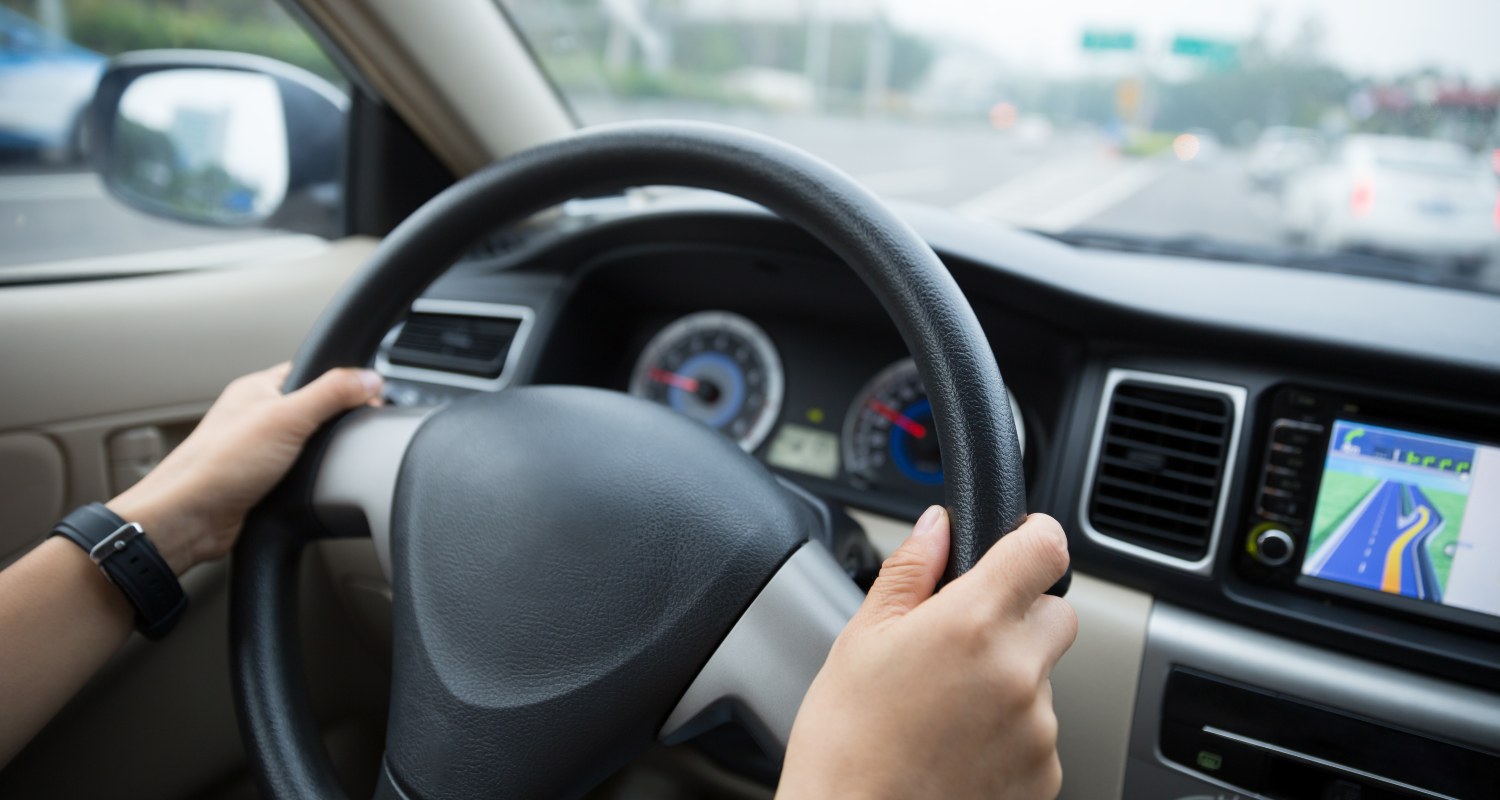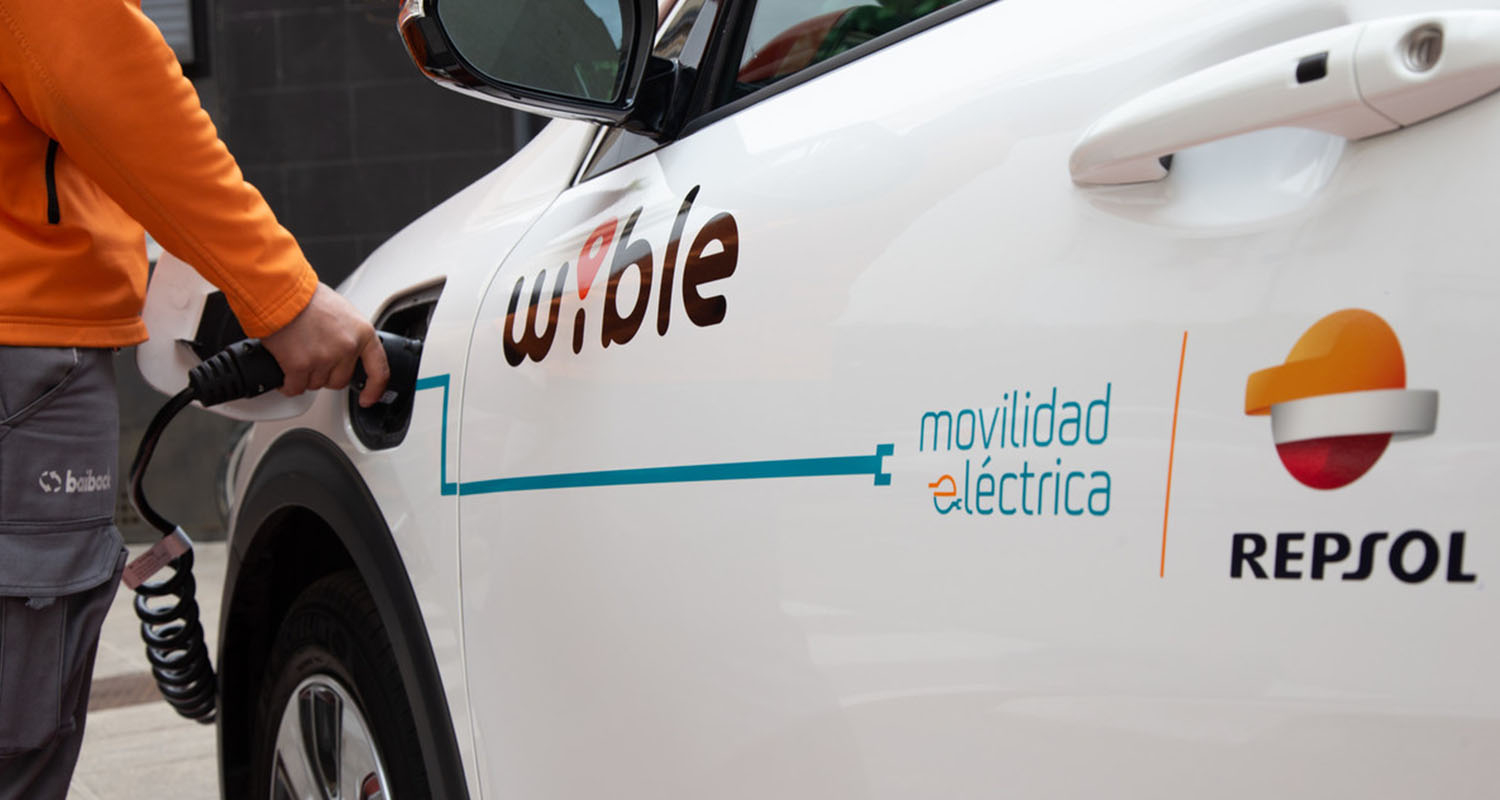
Shared mobility or “carsharing”
Shared mobility or “carsharing”
The five questions on shared mobility and its challenges in cities
We analyze one of the pillars of mobility of the future in large cities: what it is, how it works, and at what point we are now
On a highway, each lane has the capacity for 2,000 vehicles to drive per hour. Two thousand cars in a line take up 16 kilometers of road. If thousands of vehicles are concentrated at rush hour, the calculations inevitably lead us to daily, recurrent chaos with many consequences. Sharing a vehicle through services such as ‘carsharing’ is another of the pillars of that formula for the mobility of the future, which must achieve the reduction of emissions without sacrificing the essential function of all means of transportation.
In Spain, there are approximately 500 passenger cars for every thousand inhabitants, according to data from the DGT. On average in each car, there is only between one and two passengers. By sharing a vehicle, we improve air quality in cities, minimize lost time, reduce stress, and above all, gain quality of life. “According to different studies, each car of a ‘carsharing’ fleet could reduce the overall vehicle fleet of a city by between 10-15 vehicles”, explains Carlos Bermúdez, mobility business development manager at Repsol. In his opinion, this “can help to alleviate traffic in large cities such as Madrid where, according to the 2020 Traffic Index report from Tom Tom, up to 69 hours are lost per year in traffic jams.”
Even though after the mobility restrictions of the pandemic, we went back to our personal vehicles for fear of being infected, in June of this year, shared trips in cars, motorcycles, bikes, and electric scooters accounted for 30% more trips worldwide than in the same period last year, according to the European shared mobility index report by the mobility consultant Fluctuo using data from public and private operators in 16 European cities.

In this context, how do we get this type of mobility to be a plausible reality in cities? These are some of the questions on shared mobility which will be answered by El Confidencial.
1. What is shared mobility and how does it work?
1. What is shared mobility and how does it work?
“I mostly use a shared motorcycle to get to places where there's no public transportation, when I'm in a hurry, or if I don't want to leave my own motorcycle parked on the street for a long time and risk being robbed.”
In large cities, shared mobility refers to the renting of electric or hybrid vehicles through online platforms. Bikes, scooters, motorcycles, and cars can be reserved, which throughout the same day are used by several people, but for different trips. A regular user of shared motorcycles is Celeste, 29, who uses it to move around Barcelona “because this city is made for motorcycles, which are quick and light and help you avoid traffic jams and parking problems”.
“I don't have my own car. I mostly use the shared service to travel outside the city on the weekends, or if I have to move far away from the downtown area for work purposes. It's comfortable, fast, and you decide from your cellphone.”
Fernando also uses shared mobility to get around both Madrid and Barcelona, which in his case by car.
These shared mobility services are hired through a mobile app, where the person must register with their details and driver's license. Once the documents are validated by the company, the services can then be hired. You only have to go on the app, locate a car, and reserve it. Although these services normally only cover mobility within a large city, some such as Wible, Repsol and Kia's carsharing , already allow us to travel between several cities in the Community of Madrid and even travel outside during the weekends. The cost is determined by the travel time or distance.
2. Why do they make sense and where are they most widespread?
2. Why do they make sense and where are they most widespread?
The return to normality of these services and their practicality, such as being able to enter low-emission zones in the downtown area, leaving them parked at the destination, or even in the blue zone without paying, according to the European shared mobility index report, explain a large part of the increase although this varies a lot depending on each country.
“One day I asked my master's students, who are about 23, how many of them had their own car. Only two people raised their hand,” Laia Pagès explains, executive and research manager at Carnet Bcn, 'urban mobility hub of the future.' “The particularity of these students is that they are Dutch. If I asked this question in Spain, probably more than half would still raise their hand”.
And in every country, every city, there is a different shared mobility pattern due mostly to the different regulations of each city council. For example, while bikes are most popular in London and scooters in Stockholm, in cities such as Madrid or Barcelona shared motorcycles come out on top.
3. Who are the users of shared mobility?
3. Who are the users of shared mobility?
Urban young adults are the main users of shared mobility. Their greater commitment to the environment, and also their economic limitations, explain the surge of the collaborative economy, which makes the most of new technologies to loan, buy, sell, share, or rent goods and services depending on specific needs.
“In many cases, the car has gone from being seen as a property asset to becoming a service that young people pay for only when they need it,” Carlos Bermúdez explains. If before we dreamed about turning 18 in order to get our license and have a car, now they turn 18, get their license, and with a mobile app, thanks to new technological developments and connectivity, they can rent a car only for the time they need." In the last decade, the number of young people between 18 and 25 that had a driver's license has dropped by more than 40%, according to the DGT.

4. Technology, the main ally
4. Technology, the main ally
According to the experts consulted, new technologies will be fundamental to consolidate shared mobility in large cities. A technology that is within reach from a mobile app and that is becoming multimodal, meaning that the same operator can offer several types of shared vehicles such as cars, motorcycles, bikes, among others.
Thanks to artificial intelligence (AI) or the internet of things, the status of vehicle batteries can be monitored, or it can be located via GPS and left parked to be shared again. Thanks also to AI coupled with video cameras, when we rent a shared car, we'll soon be able to find it spotless, with no trace of the customer who preceded us. The European project Antitrash is based on this technology in order to automatically detect when and where cleaning is more needed.
5. What are the challenges of shared mobility?
5. What are the challenges of shared mobility?
For shared mobility to work and be normalized, we'll have to solve several stumbling blocks. One of them is “where we park the shared car that we have rented, which can't take up spots of the current vehicle fleet. It should have its own parking lots,” Imma Ribas notes, professor and researcher at the Higher Technical School of Industrial Engineering of the UPC. “The charging points for electric vehicles would also have to increase, which would make the users' confidence in the electric vehicle”. By encouraging the driver with these electric charging points and parking, they could begin to consider whether to own a car, which spends 95% of its useful life parked, or to use a shared one, according to Ribas.
Moreover, public transportation should improve its efficiency, in time and scope, “and for the areas where this is not possible, shared mobility can be the alternative”, Ribas explains. Once this is solved, “shared mobility can represent a good option to move around these large cities and thus avoid congestion in entrances and exits at rush hour, while intra-urban mobility is optimized,” Bermúdez suggests, mobility expert at Repsol.
What is clear is that shared mobility is here to stay and that it's going be part of that ‘mix’ of solutions that will help reduce emissions from the sector, in which all technologies fit. “In the mobility of the future, there will be a place for ‘carsharing’, but also for energies such as electricity (especially in passenger cars), gases (LNG in trucks and heavy vehicles), hydrogen, or low-carbon footprint fuels. The key is that every person can choose the option that is best adapted to their needs when moving” around, Bermúdez concludes.
Published in El Confidencial
